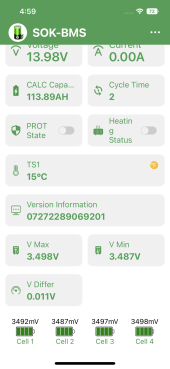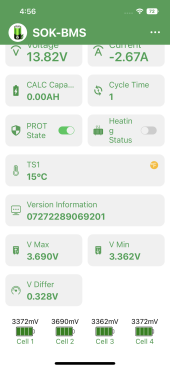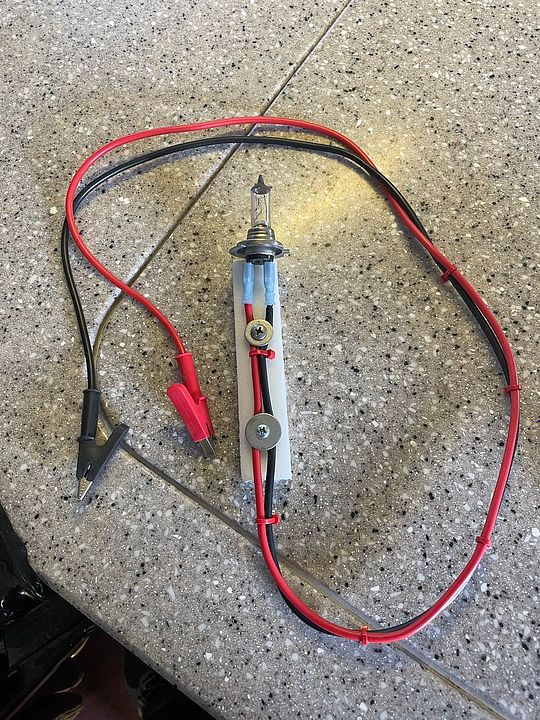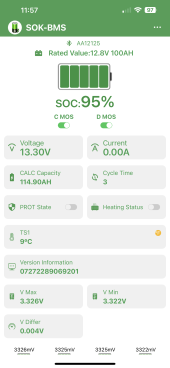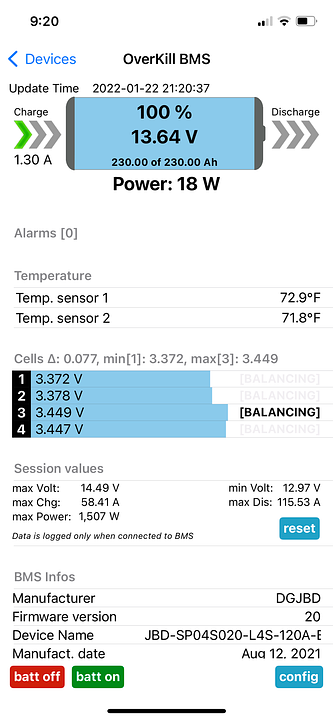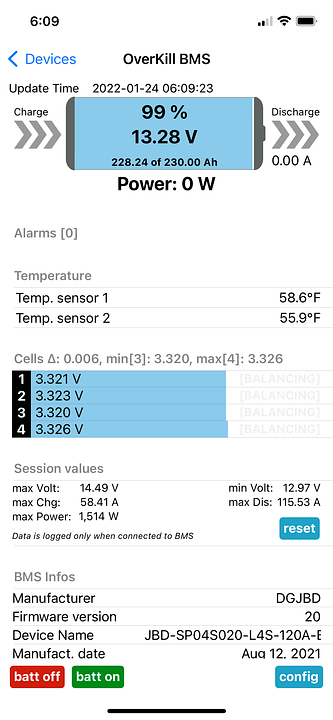John Frum
Tell me your problems
- Joined
- Nov 30, 2019
- Messages
- 15,233
I suspect you misunderstand me.My JBD balances at milliamperes. And not very darn much, half an amp or something. Balancing isn’t very impressive, or I’m just impatient. Lol
The current accounting in some BMSs needs to register a charge(which requires ~3 amps) in order to turn on balancing.
I have a JBD and the default configuration is to only balance during charge and from memory the current accounting works as described in the previous sentence.



